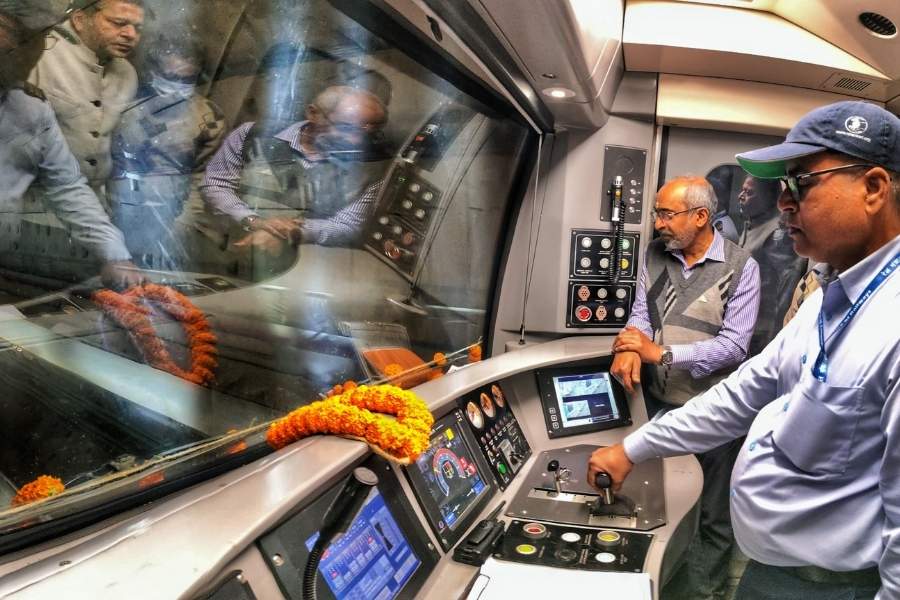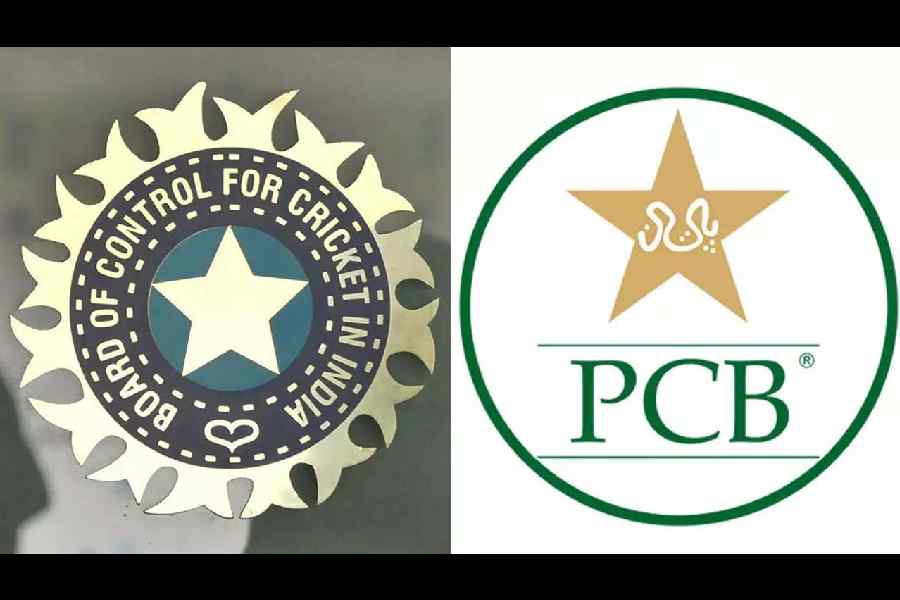 Wednesday, 22 January 2025
Wednesday, 22 January 2025
 Wednesday, 22 January 2025
Wednesday, 22 January 2025
1950: Bhasha Andolan: Language as glue
Bangladesh is a nation born out of protests, with a history made up of significant movements that have shaped its identity and governance. The first major protest was the Bhasha Andolan (The Bengali Language Movement) in the early 1950s when the region was known as East Pakistan. The movement began in response to the Pakistani government's attempt to impose Urdu as the sole national language, disregarding the majority Bengali-speaking population. On February 21, 1952, students and activists in Dhaka organised protests, which turned deadly when police opened fire, killing several demonstrators. This movement eventually led to the recognition of Bengali as an official language which later became a symbol of the struggle for cultural and political rights.
1971: Cut out of Pakistan in 14 days
In 1971, the Indian Army stepped into Bangladesh’s war of independence against Pakistan, carving out a new country in less than two weeks. The story goes that then Indian Prime Minister Indira Gandhi was shocked to learn of Islamabad’s atrocities in East Pakistan from an article in The Sunday Times. On December 16, 1971, after just 14 days of India’s direct military engagement, Bangladesh emerged as an independent nation, free from Pakistani rule.
1972: Introduction of the quota system
In 1972, following Bangladesh's independence from Pakistan, Sheikh Mujibur Rahman introduced the quota system to honour and support the descendants of those who fought for the country's independence. The system reserved 30 per cent of government jobs for the families of freedom fighters, with additional quotas for women, ethnic minorities, and people with disabilities.
1990: Mass protests against dictatorship of Ershad
In 1990, another wave of mass protests swept through Bangladesh, targeting the dictatorship of Hussain Muhammad Ershad, who had seized power in a military coup in 1982. Widespread discontent with his authoritarian rule and economic mismanagement led to a series of demonstrations and strikes organised by students, political parties, and civil society groups. The protests reached their peak in December 1990, forcing Ershad to resign and paving the way for the restoration of democratic governance in Bangladesh.
2009: The Bangladesh rifles revolt
On February 25 and 26, 2009, a mutiny by members of the Bangladesh Rifles (BDR) erupted in Dhaka. The mutineers took control of the BDR headquarters in Pilkhana, resulting in the deaths of 57 army officers, including BDR director-general Shakil Ahmed and 17 civilians. They also held hostages, fired on civilians and looted property. This particular revolt spread to 12 other cities and towns by the second day. The mutiny ended after the rebels surrendered their weapons and released the hostages following discussions with the government.
2013: The Shahbag protests
On February 5, 2013, protests began in Shahbag, Dhaka, demanding the execution of Abdul Quader Mollah, a convicted war criminal in the 1971 Bangladesh Liberation War. Mollah, previously sentenced to life imprisonment, had been convicted of war crimes by the International Crimes Tribunal of Bangladesh. The protesters, viewing his sentence as too lenient, mobilised to demand harsher punishment. This led to a large-scale demonstration in Shahbag and calls for the government to ban the radical group Jamaat-e-Islami from political activities. The protests intensified when Jamaat supporters organised counter-protests, leading to violent clashes and the tragic killing of blogger Ahmed Rajib Haider by members of a militant group associated with Jamaat. Mollah was executed on December 12, 2013.
2013: Quota reform movement
In 2013, students in Bangladesh began protesting against the government job quota system, which reserved significant portions of positions for specific groups, including descendants of freedom fighters. Initially centred in Shahbag and Dhaka University, the protests spread nationwide as students demanded the cancellation of quotas that they believed limited opportunities for merit-based candidates. The formation of the 'Medhamullayon Mancha' committee marked a significant step in the movement, with students calling for the re-evaluation of examination results and a complete overhaul of the quota system in public sector jobs. The movement underscored the widespread discontent with the existing reservation policies and the demand for a more merit-based recruitment process.
2015: No VAT on Education Protest
In 2015, students from private universities in Bangladesh protested against a newly imposed Value Added Tax (VAT) on tuition fees. Initially set at 10 per cent, the VAT was later reduced to 7.5 per cent after strong opposition. However, students continued to demand its complete removal, arguing that it made higher education less accessible. The protests escalated when police opened fire on students at East West University, leading to widespread outrage and solidarity from students across the country. On September 10, road blockades and mass demonstrations forced the government to retract the VAT after a cabinet meeting.
2018: The quota reform movement
The 2018 Quota Reform Movement began on February 17 at Dhaka University and quickly spread nationwide. Students demanded changes to the quota system, arguing it was unfair and deprived many of merit-based opportunities. By April, the protests had grown significantly, leading to clashes between students and authorities. The movement forced the government to announce reforms. However, counter-violence at universities, particularly the University of Rajshahi, highlighted the deep divisions and strong emotions surrounding the issue. Despite government efforts to address the concerns, the protests underscored the widespread discontent among students.
2023: Resurgence of Protests
On July 1, 2023, students again started protests after the high court reinstated the 30 per cent job quota for descendants of 1971 freedom fighters. The decision reversed the 2018 abolition of the quota by Prime Minister Sheikh Hasina’s government. Students argued that the quota was discriminatory and called for a merit-based system. The protests turned violent, resulting in multiple deaths and injuries, and causing significant disruptions across the country. Universities and colleges suspended classes, and telecommunications were widely disrupted as authorities tried to quell the unrest. The protests highlighted ongoing frustrations with the job market and the quota system. In July 2024, the protests began again after the Supreme Court temporarily reinstated the quota system pending a final decision.
2024: Quota protests topple Sheikh Hasina government
Bangladesh Prime Minister Sheikh Hasina has resigned and left the country on Monday, Army chief Waker uz Zaman confirmed, adding that an interim government to take over the power.
Protesters stormed her official residence on Monday afternoon. TV images showed hundreds of people ransacking the building and taking away chicken, fish and vegetables. Thousands of protesters stormed her official residence, Gono Bhaban, in Dhaka as reports emerged that Hasina (76) and her sister, Sheikh Rehana, had departed for a "safe shelter".
Bangladesh's army chief General Waker-Uz-Zaman said an interim government would take charge. He promised that the military would stand down, and to launch an investigation into the deadly crackdown on student protesters.
"We will investigate all the killings and punish the responsible," he said at a press conference. "I have ordered that no army and police will indulge in any kind of firing... Now, the students’ duty is to stay calm and help us."
The protests began in late June, as students sought an end to a quota system for government jobs, but turned violent after clashes between protesters and police and pro-government activists at Dhaka University. On Sunday, around 100 people lost their lives as the protesters fought with security officials and the ruling party activists in the country. Hasina said the protesters who engaged in "sabotage" and destruction were no longer students but criminals.







